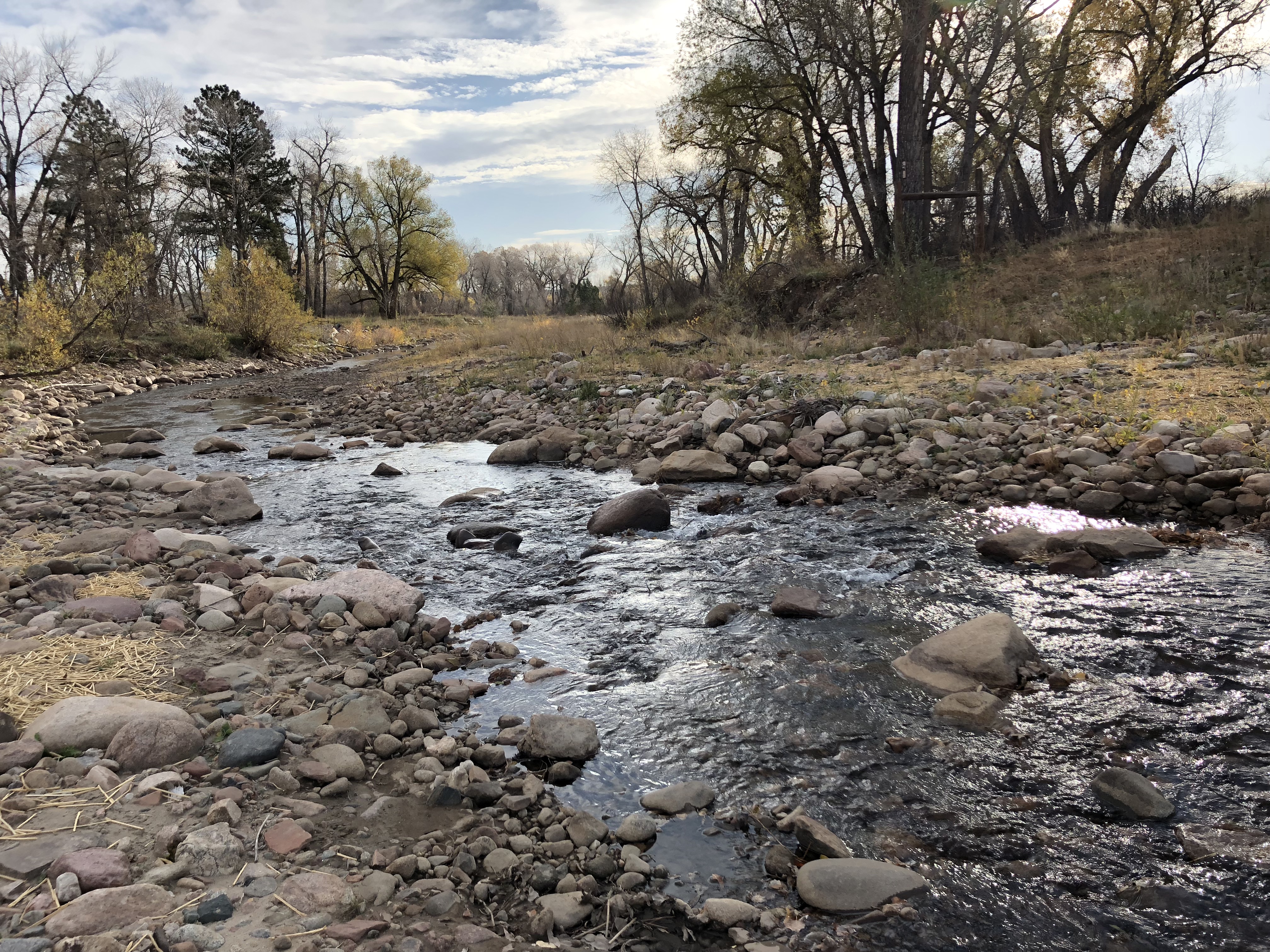
Great Ecology Honored with Environmental Excellence Award
January 26, 2018Five TED Talks to Watch This Weekend
February 8, 2018by Liz Clift
We’ve watched the West burn. If you look at a map from last year—current as of December 28, 2017 at the time of this writing, the majority of the state of California appears freckled with fires of various sizes. Idaho and northern Nevada look much the same.
Property damage is what a lot of people think about first when they think of fire impacts—and not necessarily damage to the land itself, but the homes and businesses—and associated equipment, livestock, vehicles, and other tangible items on those properties. This damage is, at least, moderately easy to quantify, though devastating for the people impacted.
Often as a second thought, some people may consider the damages to the ecosystem and ecosystem services. For landowners, there may be a high intrinsic value on their land—but additionally, fires have implications for erosion, water quality, habitat, local temperature regulation, and more. These things can be harder to quantify—and to restore.
Perhaps one of the most prominent examples of impacts to ecosystem services over the past few weeks were the landslides in Santa Barbara County. These landslides were, in part, a result of the fired that destroyed many of the plants that help stabilize the ground and slow water during rain events. Additionally, the scorched ground made it more difficult for water to penetrate the surface of the soil (fire scorched soils often become hydrophobic), which meant that more of the rain ran off. So, when California’s winter hit the area post-fire, there was little stopping the water from gaining momentum.
The result, unfortunately, was rivers of mud.
In addition to causing earth movement, as landslides are often called, landslides have implications for water quality through increased erosion and disruptions to habitat for a variety of species, among other ecosystem impacts.
This adds another layer of complexity to assessing the damages from the fires—and highlights the importance of restoration work in areas impacted by fires. It’s not as simple as just spreading some seed or planting some saplings, especially in areas where fires burned extensively and sterilized the soil. Additional measures are needed to help restore the soil, decrease erosion, and improve habitat—particularly in areas that are known to provide a home to threatened or endangered species.
To restore these damaged landscapes, landowners must coordinate with a variety of stakeholders to complete the permitting efforts and get informed on fire ecology and the ecology of the region. Additional coordination includes: landscape design, the provision of the actual seeds and plants necessary for restoration to occur, construction of the restored landscape, and ongoing monitoring to ensure project success. And, of course, if a landowner’s insurance didn’t (fully) cover fire or land movement, funding the restoration could cause additional difficulties and delays.
You don’t need to go this alone. Great Ecology specializes in assessing damages to natural resources and impacts on a landscape scale, establishing a restoration plan, developing construction documentation, construction and post-construction monitoring, and providing litigation support.
